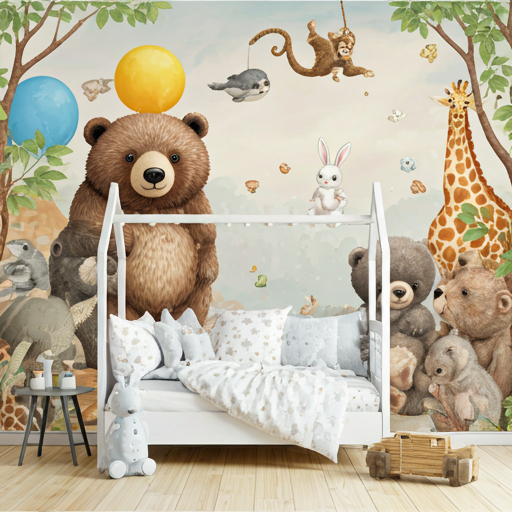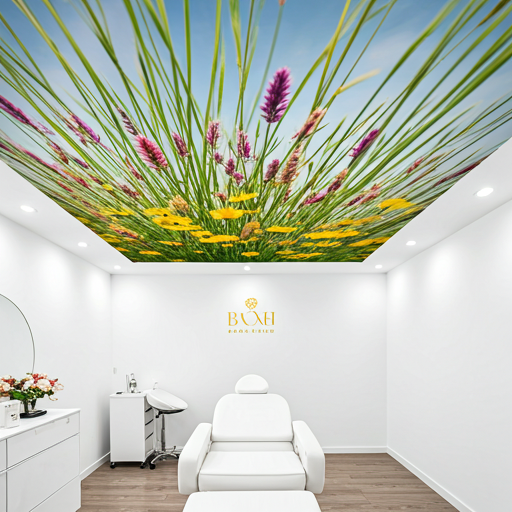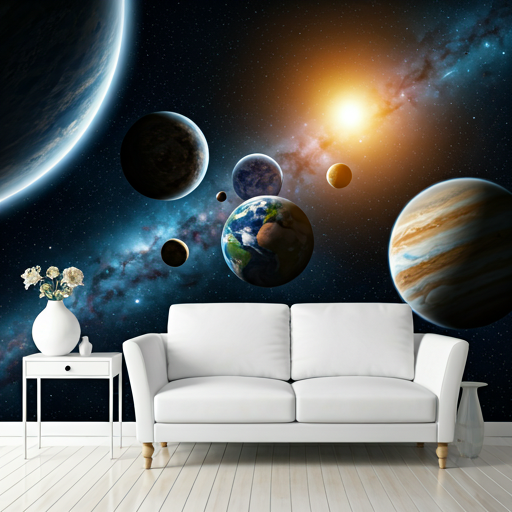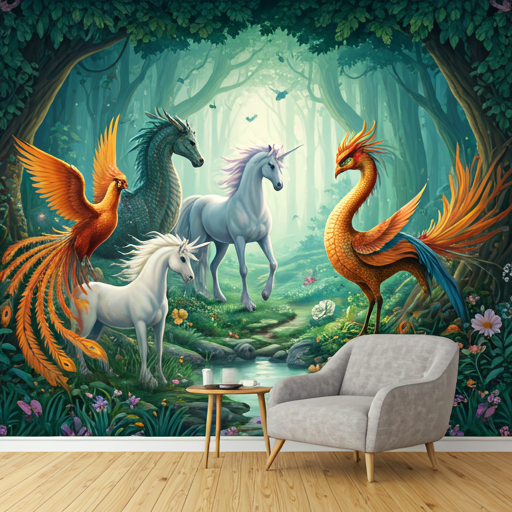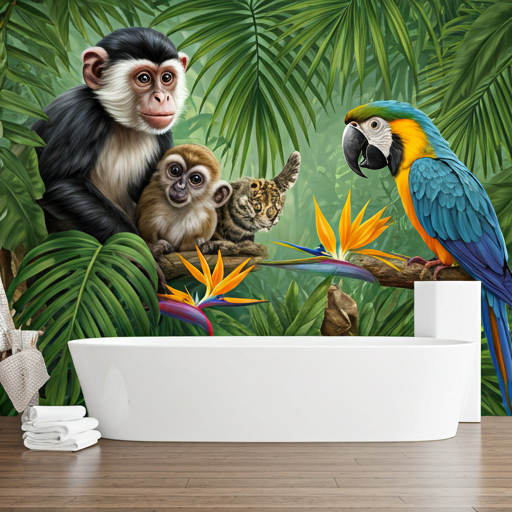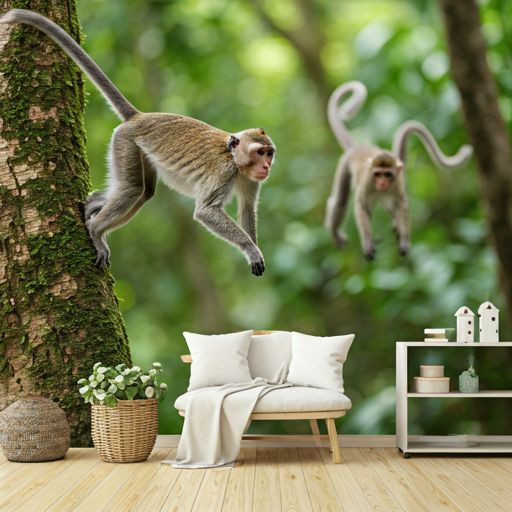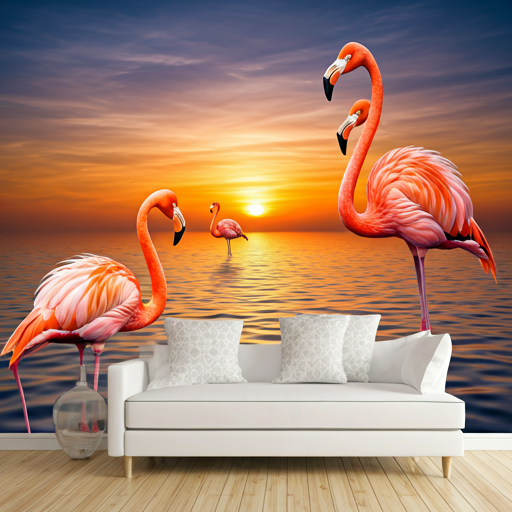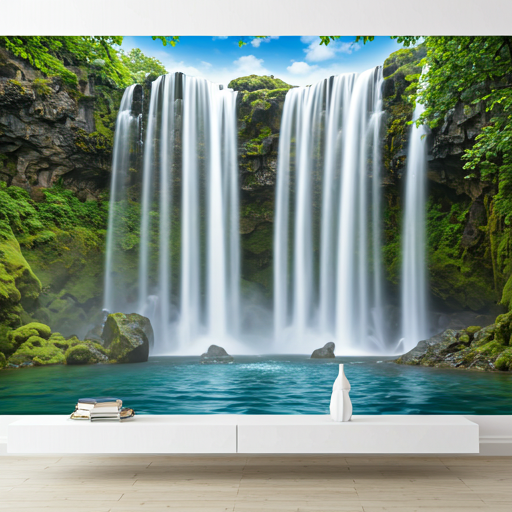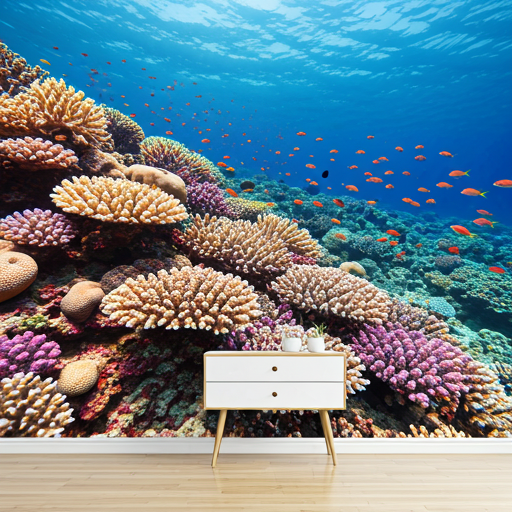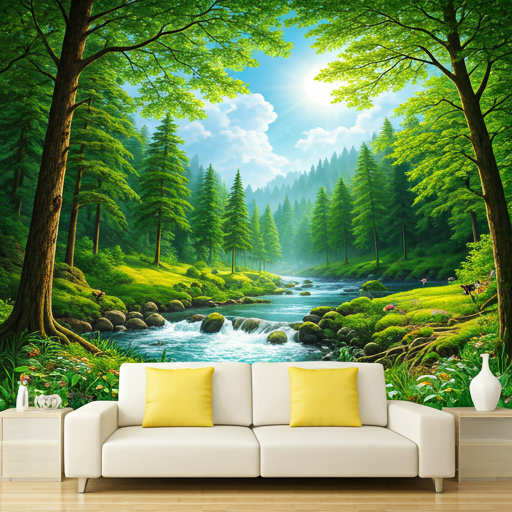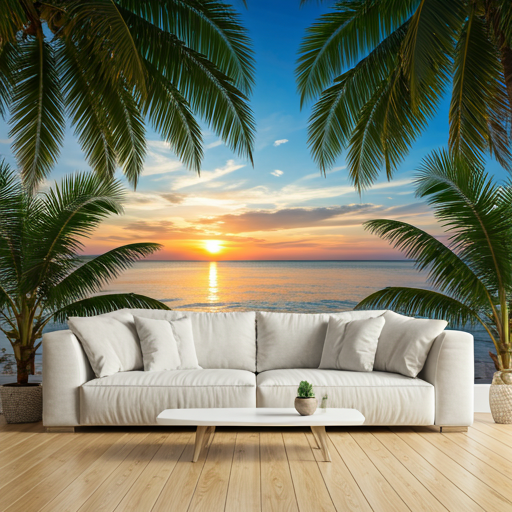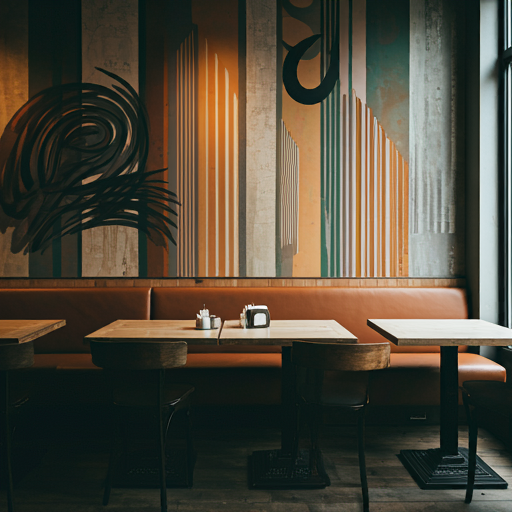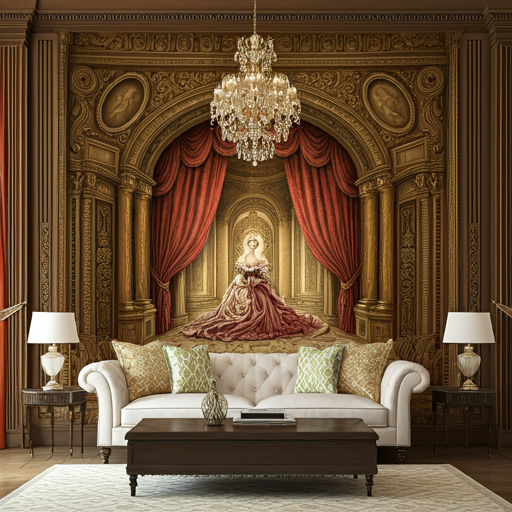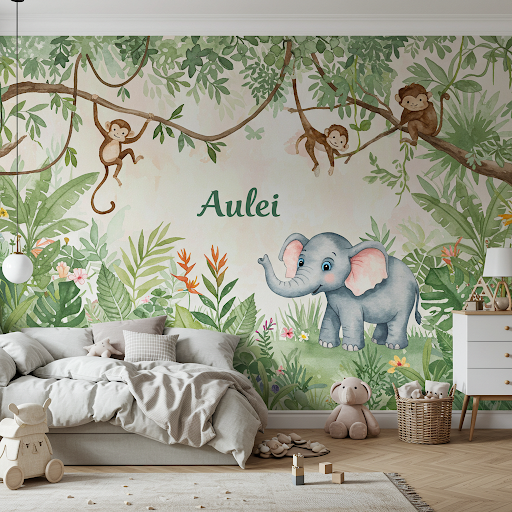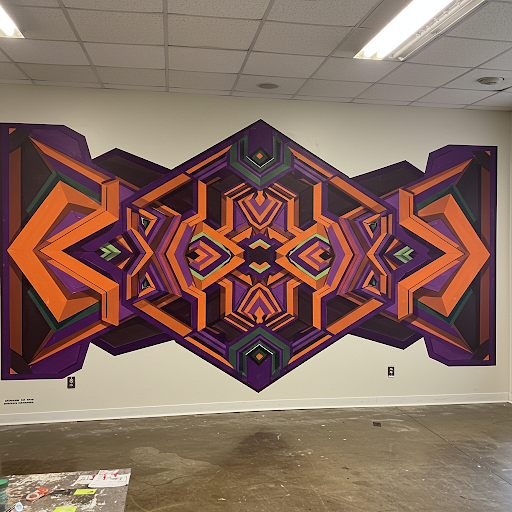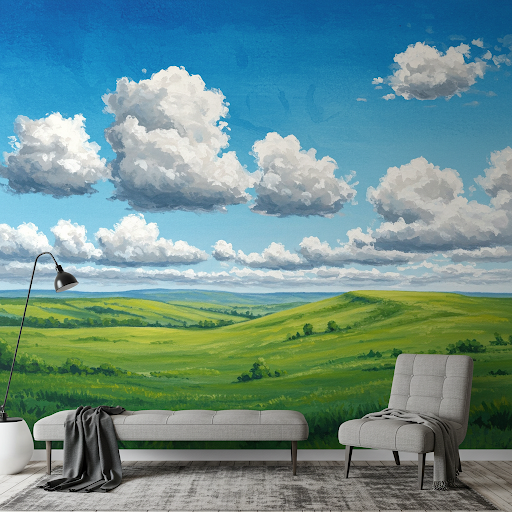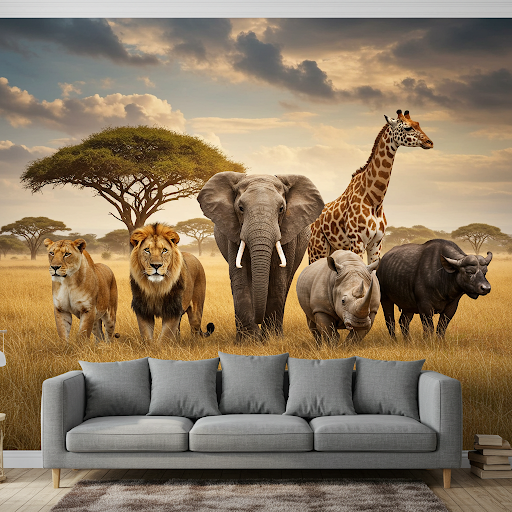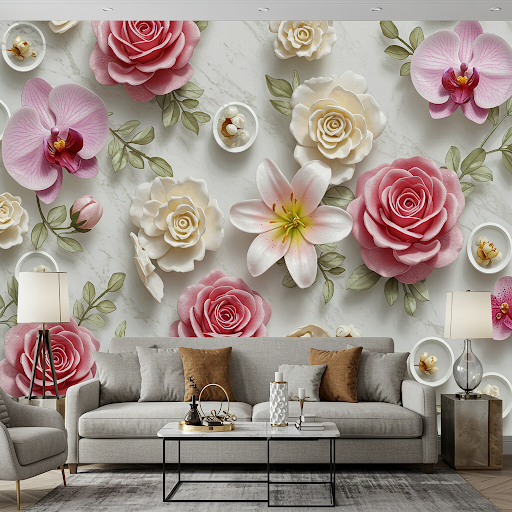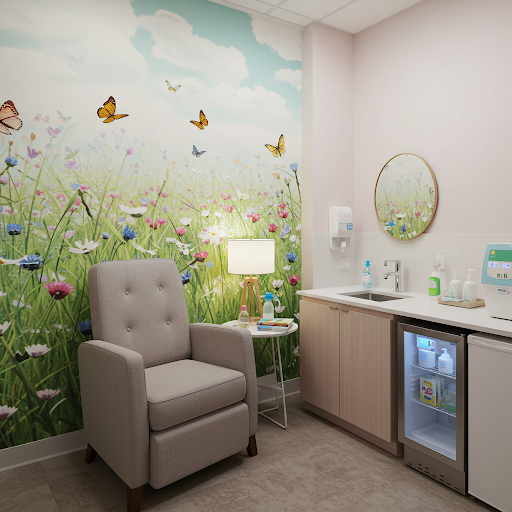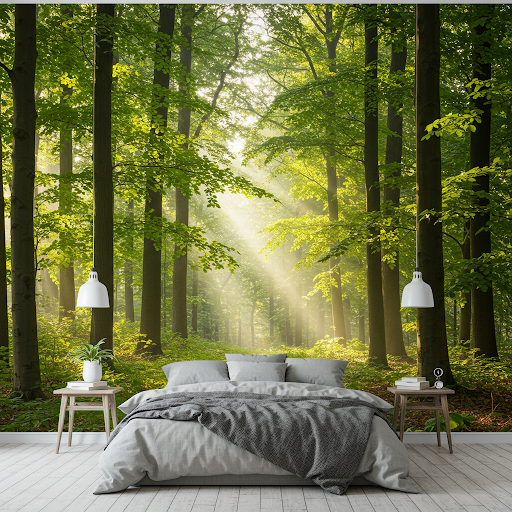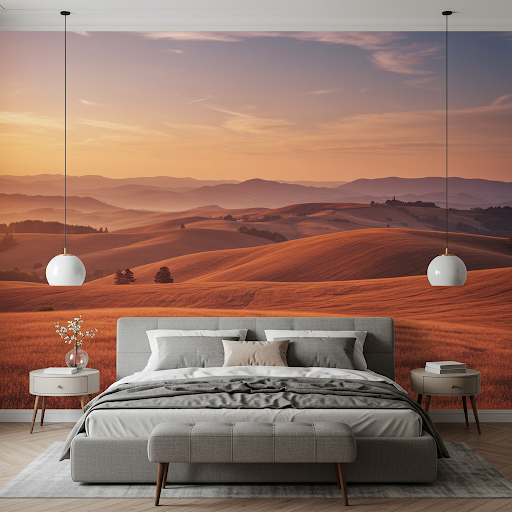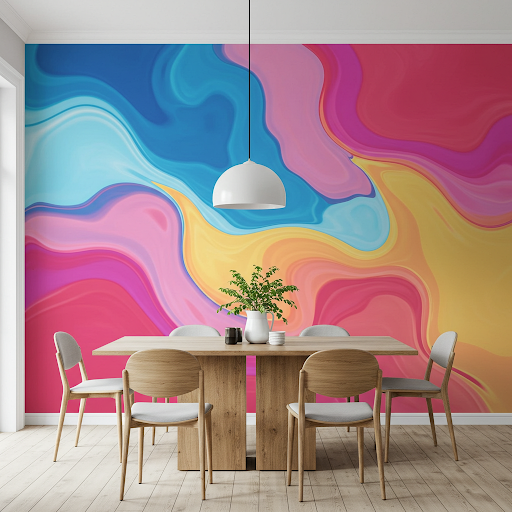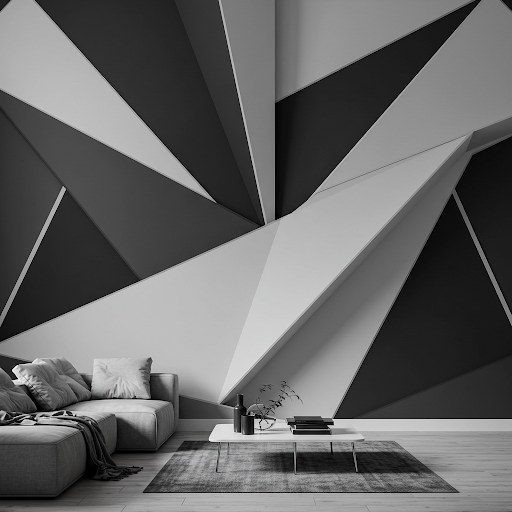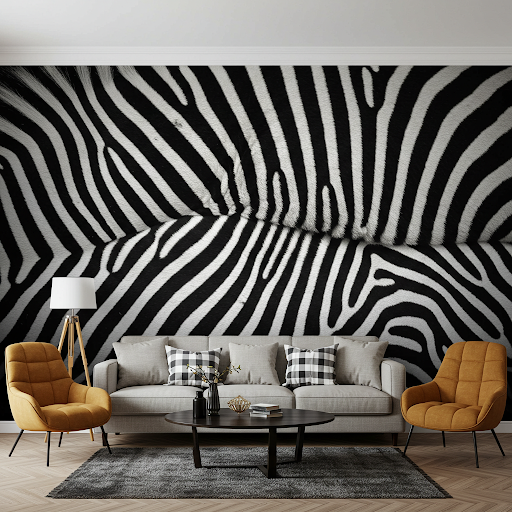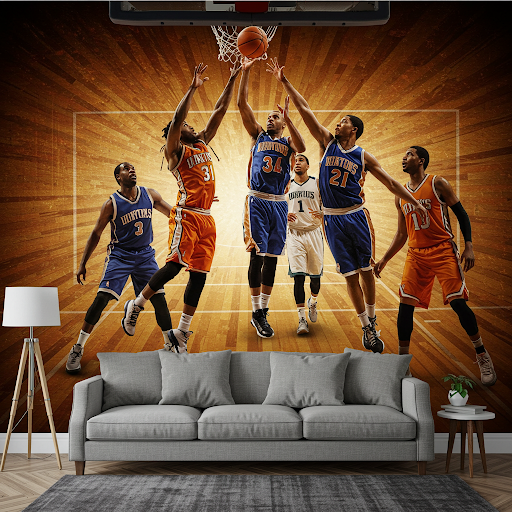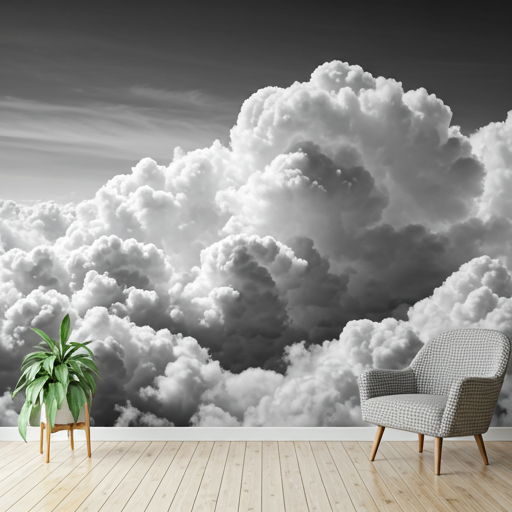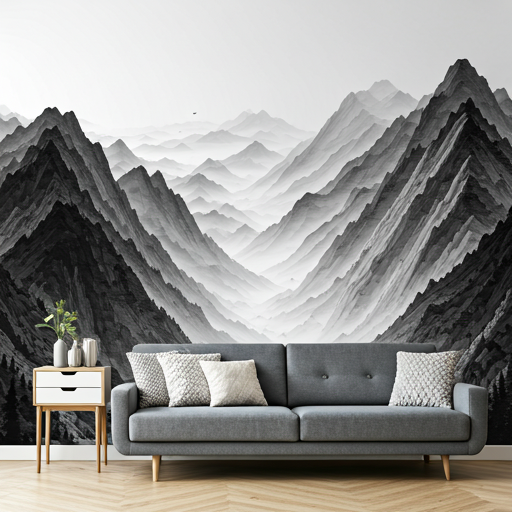Description
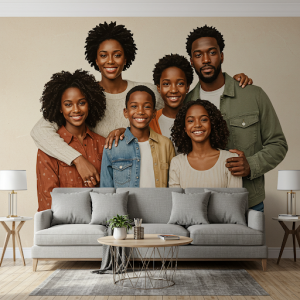
Custom-made wallpaper for walls

There are many kinds of wallpaper for walls. Today, we will tell you about all the major categories of wallpaper and why we recommend custom-made canvas wallpaper murals. Custom-made fabric wallpaper murals offer unparalleled luxury and personalization.
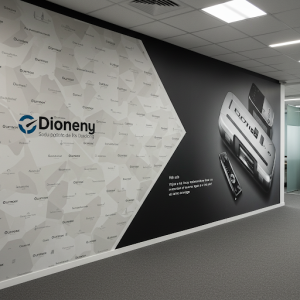
They allow for precise customization to fit any space, ensuring a perfect fit and seamless design. The high-quality canvas provides a luxurious look and feel, elevating the aesthetics of any room. With limitless design possibilities, you can create a truly unique and stunning focal point that reflects your style.
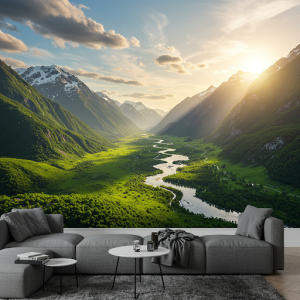
High tensile custom-made wallpaper offers several compelling advantages that can make it the best choice for your walls, depending on your specific needs and priorities:
1. Unmatched Durability and Longevity

High Tensile Strength
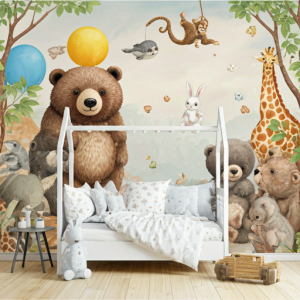
Its exceptional resistance to tearing, stretching, and damage is the foremost benefit. This is especially important in high-traffic areas, homes with children or pets, or spaces prone to movement and potential cracking.
Scratch and Abrasion Resistance

Many high-tensile wallpapers, particularly those with vinyl or fiberglass coatings, are highly resistant to scratches and scuffs, maintaining their appearance for longer.
Moisture Resistance

Certain high-tensile options like vinyl and fiberglass are waterproof and easy to clean, making them ideal for kitchens, bathrooms, and other humid environments.
Crack Bridging
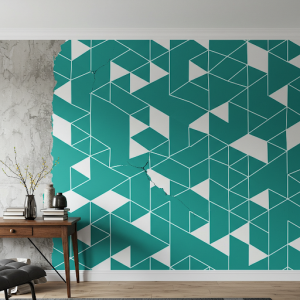
Some high-tensile wallpapers, such as fiberglass, can even bridge small cracks in the wall surface, providing a smoother finish and preventing the cracks from showing through.
2. Complete Customization
Personalized Designs
“Custom-made” means you can print any design, pattern, image, or color scheme you desire. This allows for unique expression, branding opportunities for businesses, or the creation of a specific ambiance in any room.
Perfect Fit
Custom wallpaper printing ensures the wallpaper is tailored to the exact dimensions of your walls, minimizing waste and ensuring a seamless, professional finish, even in irregularly shaped spaces.
Material Choice
Depending on the provider, you might have a choice of high-tensile base materials (like canvas, non-woven with reinforcing fibers, or vinyl with strong backings), each offering slightly different textures and properties.
Color and Scale Adjustments
You can often adjust the colors and scale of existing designs to perfectly match your interior décor.
3. Enhanced Aesthetics and Impact
High-Quality Printing
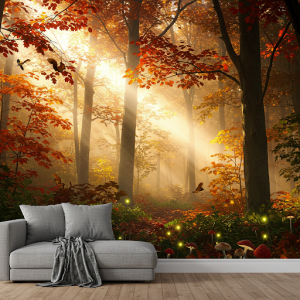
Custom-made wallpapers often utilize advanced printing technology, ensuring vibrant colors, sharp details, and a high-quality visual impact.
Creates a Statement
A feature wall is a single wall in a room designed to stand out visually from the others. It serves as a focal point, drawing the eye and adding personality or drama to the space. This is often achieved through contrasting paint color, unique textures, or, prominently, feature wall wallpaper.
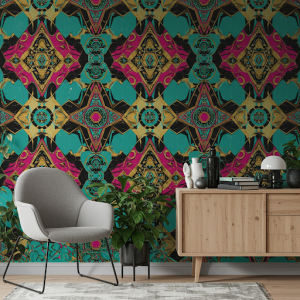
Feature wall wallpaper is a deliberate choice of wallpaper with a striking design, bold pattern, vibrant color, or interesting texture applied to just one wall. It’s used to create visual interest, highlight architectural features, define a space, or simply add a decorative element without overwhelming the entire room. The selection often contrasts with the other walls’ more subtle treatments.
Versatile Styles
Whether you desire a bold, modern graphic, a classic, elegant pattern, or a photorealistic mural, customization allows you to achieve any aesthetic.
4. Potential Long-Term Cost Savings
Durability Reduces Replacement
While the initial cost of high-tensile custom wallpaper might be higher than some standard options, its superior durability means you’ll likely need to replace it less frequently, potentially saving money in the long run.
Easy Maintenance
Many high-tensile options are easy to clean, reducing the need for professional cleaning services and maintaining their appearance with minimal effort.
5. Other Benefits
Easy Installation (depending on type)
Some modern high-tensile wallpapers, particularly non-woven varieties, are designed for easier installation with paste-the-wall application.
Easy Removal (depending on type)
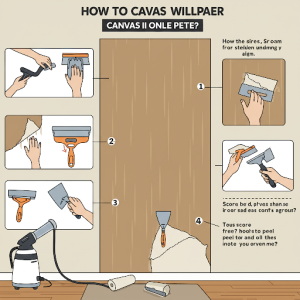
Non-woven backings, often used in high-tensile wallpapers, can be removed cleanly without damaging the underlying wall.
Improved Acoustics and Insulation (in some cases)
Thicker, textured high-tensile wallpapers can offer slight improvements in sound absorption and thermal insulation.
However, it’s important to consider potential drawbacks:
Initial Cost
High-tensile and custom-made wallpapers can be more expensive upfront than standard, less durable options.
Installation Complexity (depending on type)
Very thick or specific types of high-tensile wallpaper might require professional installation.
Wallpaper can be classified based on its material, pattern, and application.
Pattern-based classification of wallpaper for walls
Solid Color Wallpaper
Creates a minimalist and clean look. Solid color wallpaper offers several advantages over paint. It provides a more durable and long-lasting finish, resisting scuffs and marks better than paint. Wallpaper can also help to hide minor imperfections in the wall, creating a smoother and more professional look.
Additionally, it offers a wider range of colors and textures, allowing for greater customization and design flexibility. With its ease of maintenance and timeless appeal, solid color wallpaper is an excellent choice for creating a stylish and sophisticated interior.
Striped wallpaper
Striped wallpaper is a versatile design choice that can significantly impact a room’s visual perception. Vertical stripes draw the eye upward, making a room appear taller. This is particularly beneficial for rooms with low ceilings. Conversely, horizontal stripes can make a room feel wider, ideal for narrow spaces.
The thickness and color of the stripes also influence the room’s appearance. Thin, delicate stripes can create a subtle, elegant look, while bold, contrasting stripes add a dramatic and modern touch. By strategically using striped wallpaper, you can create illusions of space and height, transforming the look and feel of any room.
Patterned wallpaper for walls
Patterned wallpaper is a versatile design element that can add personality and style to any room. It offers a wide array of patterns, each with its unique character. Floral patterns evoke a sense of nature and romance, creating a soft and inviting atmosphere. Geometric patterns, on the other hand, bring a modern and sophisticated touch, adding visual interest and depth to a space.
Damask patterns, with their intricate and elegant designs, exude luxury and timeless appeal. By carefully selecting a patterned wallpaper, you can create a focal point, add texture, and transform the overall ambiance of a room.
Mural Wallpaper
Mural wallpaper is a dramatic and immersive way to transform a room. These large-scale designs can be a single, expansive image or a series of panels that create a cohesive scene. They can depict anything from natural landscapes and cityscapes to abstract art and historical scenes.
Mural wallpaper is perfect for creating a focal point in a room, drawing the eye and commanding attention. It can also be used to create a specific mood or theme, whether it’s serene and calming or bold and energetic. With the ability to customize the size, color, and design of a mural, you can create a truly unique and personalized space.
How to prepare walls for wallpaper
Preparing your walls properly is the most crucial step for a successful wallpaper application. A smooth, clean, and sealed surface ensures good adhesion, prevents issues like bubbling or peeling, and results in a professional-looking finish. Here’s a comprehensive guide on how to prepare your walls for wallpaper:
1. Clear the Area
- Remove all furniture, rugs, and anything else that might obstruct your work area or get damaged.
- Take down any existing wall decorations like pictures, mirrors, and shelves.
- Remove light switch plates and outlet covers. Remember to turn off the power to the room at the breaker box for safety before touching any electrical fixtures.
2. Remove Existing Wallpaper (if applicable)
If there’s old wallpaper, you’ll generally need to remove it for the best results. Wallpapering over old wallpaper can lead to adhesion problems and the texture or seams of the old paper might show through.
There are various methods for removing wallpaper, including scoring and soaking with a wallpaper removal solution or using a steamer. Follow the instructions specific to the type of old wallpaper you have.
After removing the wallpaper, ensure all adhesive residue is also removed by washing the walls with warm water and a sponge or using a specific adhesive remover.
3. Clean the Walls
- Wash the walls thoroughly with a mild detergent solution (like sugar soap or a mix of warm water and a little vinegar) to remove any dirt, dust, grease, stains, or mildew.
- Pay special attention to areas that might have grease buildup, like kitchens.
- If there are mildew stains, clean them with a solution of diluted household bleach (2 cups bleach per gallon of water), rinse thoroughly, and allow the wall to dry completely.
- Rinse the walls with clean water to remove any soap residue.
- Let the walls dry completely before proceeding. This might take 24-48 hours, depending on humidity.
4. Repair Imperfections
- Fill Holes and Cracks: Use a spackling compound or joint compound to fill any nail holes, screw holes, dents, or cracks. Apply the compound with a putty knife, making it flush with the wall surface.
- Sand Smooth: Once the filler is completely dry, sand it smooth with fine-grit sandpaper until it’s level with the surrounding wall. Also, sand down any bumps or uneven textures on the wall. The smoother the surface, the better the wallpaper will look.
- Address Textured Walls: Heavily textured walls can show through wallpaper. For a smooth finish, you might need to apply a skim coat of joint compound over the entire wall surface (a process called “mudding”), let it dry, and then sand it smooth. Alternatively, you can use a thick lining paper designed to cover textured surfaces.
5. Prime the Walls
- Why Prime? Primer is a crucial step for several reasons:
- Seals the Surface: It creates a uniform, less porous surface, preventing the wall from absorbing the wallpaper adhesive too quickly, which can lead to poor adhesion.
- Improves Adhesion: Primer provides a better surface for the wallpaper adhesive to grip onto.
- Blocks Stains: It can prevent existing stains (like watermarks or ink) from bleeding through the new wallpaper.
- Easier Removal Later: Primer creates a barrier between the wall and the wallpaper adhesive, making future wallpaper removal easier and less likely to damage the wall.
- Hides Imperfections: A tinted primer (matching the background color of your wallpaper) can help hide minor imperfections and ensure a more consistent look if seams aren’t perfectly tight.
- Choosing the Right Primer: Use a good quality wallpaper primer or a pigmented sealer specifically designed for wallpaper application. For porous surfaces like new drywall or plaster, a primer designed for these materials is essential. For glossy or oil-based paints, you might need to sand them lightly to create a “key” and then use a bonding primer.
- Applying Primer: Apply the primer evenly with a brush and roller, following the manufacturer’s instructions. Allow it to dry completely before hanging wallpaper (usually 24 hours).
6. Consider Lining Paper (Optional but Recommended for Problem Walls)
- Lining paper is a plain paper that is hung horizontally on the walls before the decorative wallpaper.
- Benefits of Lining Paper
Lining paper offers several advantages before wallpapering. It smooths minor imperfections and slightly textured walls, creating a uniform surface that optimizes wallpaper adhesive performance.
Additionally, it can provide subtle insulation and sound-dampening benefits. Applying lining paper first simplifies future wallpaper removal, minimizing potential wall damage.
7. Final Clean
Just before you start hanging the wallpaper (ideally within 24 hours), wipe down the primed walls with a clean, damp cloth to remove any dust that may have settled. Ensure the walls are completely dry before applying the wallpaper adhesive.
By following these steps, you’ll create the ideal foundation for your new high tensile custom-made wallpaper, ensuring a beautiful, long-lasting, and professional result. Remember that thorough preparation is key to avoiding frustration and achieving the best possible outcome.
Application-based classification of wallpaper for walls
Traditional Wallpaper
Traditional wallpaper, also known as paste-the-wall wallpaper, requires a bit more effort to install compared to newer options like peel-and-stick. You’ll need to apply wallpaper paste directly to the wall and carefully hang each strip, matching patterns and ensuring smooth edges.
While it might take more time and skill, traditional wallpaper often offers a wider range of materials, patterns, and textures. It can also be more durable and long-lasting than some other types of wallpaper.
Pre-Pasted Wallpaper
Pre-pasted wallpaper offers a convenient and user-friendly way to add style to your walls. The adhesive is already applied to the back of the paper, so you simply need to activate it with water before hanging. This eliminates the need for messy paste and makes the installation process much easier.
Pre-pasted wallpaper is a great option for DIY enthusiasts and those who want to avoid the complexities of traditional wallpapering.
Peel-and-stick wallpaper
Peel-and-stick wallpaper is a revolutionary product that has made home decor more accessible and fun than ever before. It’s incredibly easy to install, as the name suggests: simply peel off the backing and stick the wallpaper to your desired surface.
This type of wallpaper is perfect for renters or homeowners who want to add a pop of color or pattern to their walls without the commitment of traditional wallpaper. It’s also ideal for DIY enthusiasts of all skill levels. Peel-and-stick wallpaper is available in a wide variety of styles, from bold geometric patterns to subtle textures, making it easy to find the perfect option for any room in your home.
Paintable wallpaper
It can be painted multiple times to change the look.
Material-based classification of wallpaper for walls
Paper wallpaper
Vinyl wallpaper
Vinyl wallpaper is a popular choice for many homeowners due to its durability and ease of maintenance. It’s made from vinyl, a synthetic material that is resistant to moisture, mildew, and fading. This makes it ideal for high-traffic areas like kitchens, bathrooms, and hallways.
Vinyl wallpaper is available in a wide range of styles, from classic patterns to modern designs. It’s also easy to clean, as most stains can be wiped away with a damp cloth.
Non-woven wallpaper
Non-woven wallpaper is a popular and versatile choice for home decor. It’s made from a blend of natural and synthetic fibers, resulting in a durable and breathable material. Non-woven wallpaper is easy to install, as the paste is applied directly to the wall, not the wallpaper itself. This makes it a great option for DIY enthusiasts.
Additionally, non-woven wallpaper is easy to remove, making it a great choice for renters or homeowners who want to change their decor frequently. It’s also resistant to moisture and mildew, making it suitable for use in bathrooms and kitchens.
Grasscloth wallpaper
A luxurious option made from natural fibers like jute, sisal, or bamboo. It adds texture and warmth to a room.
Flock wallpaper
This type has a velvety texture due to short fibers adhered to the surface. It’s elegant but can be delicate.
Peel-and-stick wallpaper
Easy to install, this type is self-adhesive and can be removed without damaging the wall.

